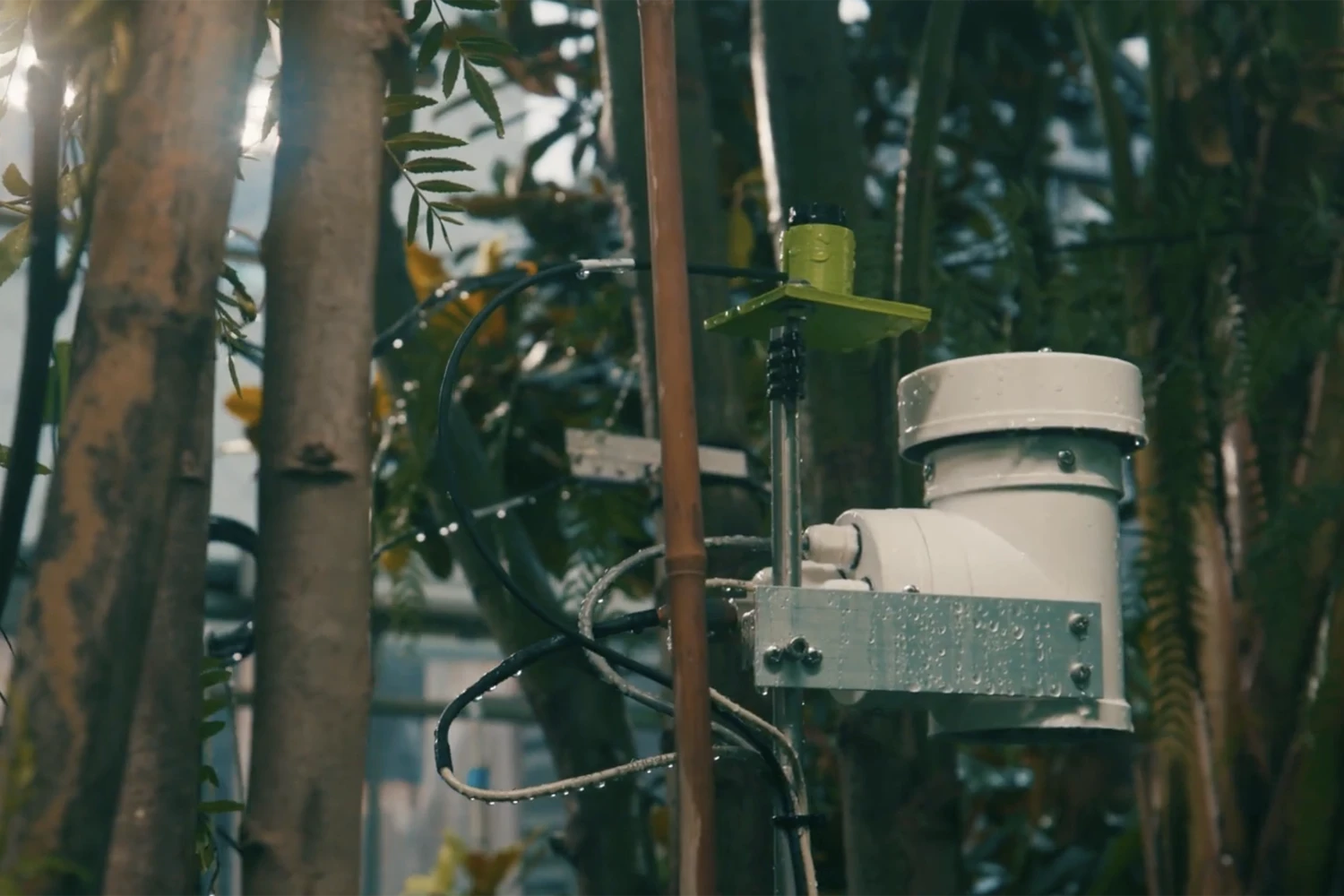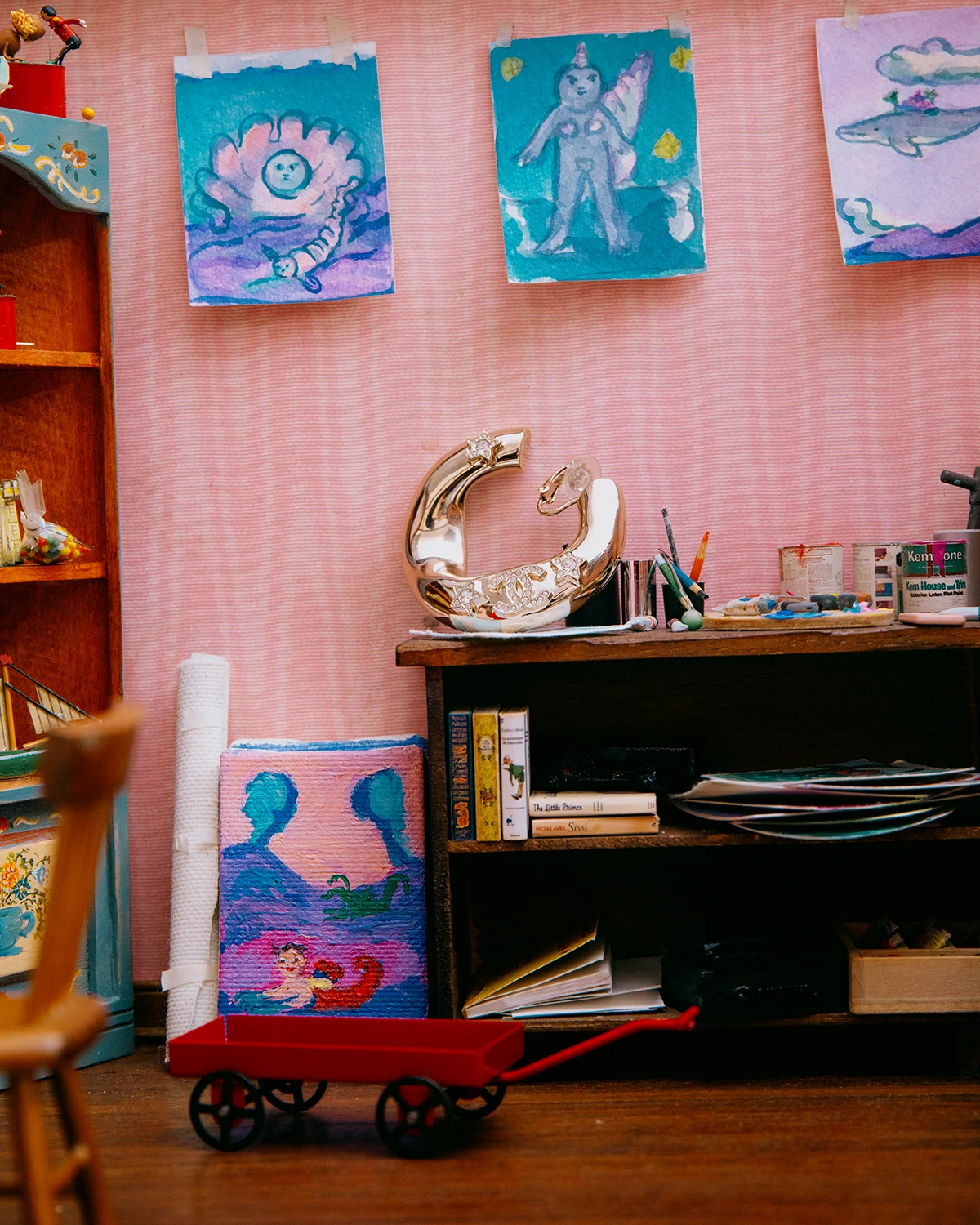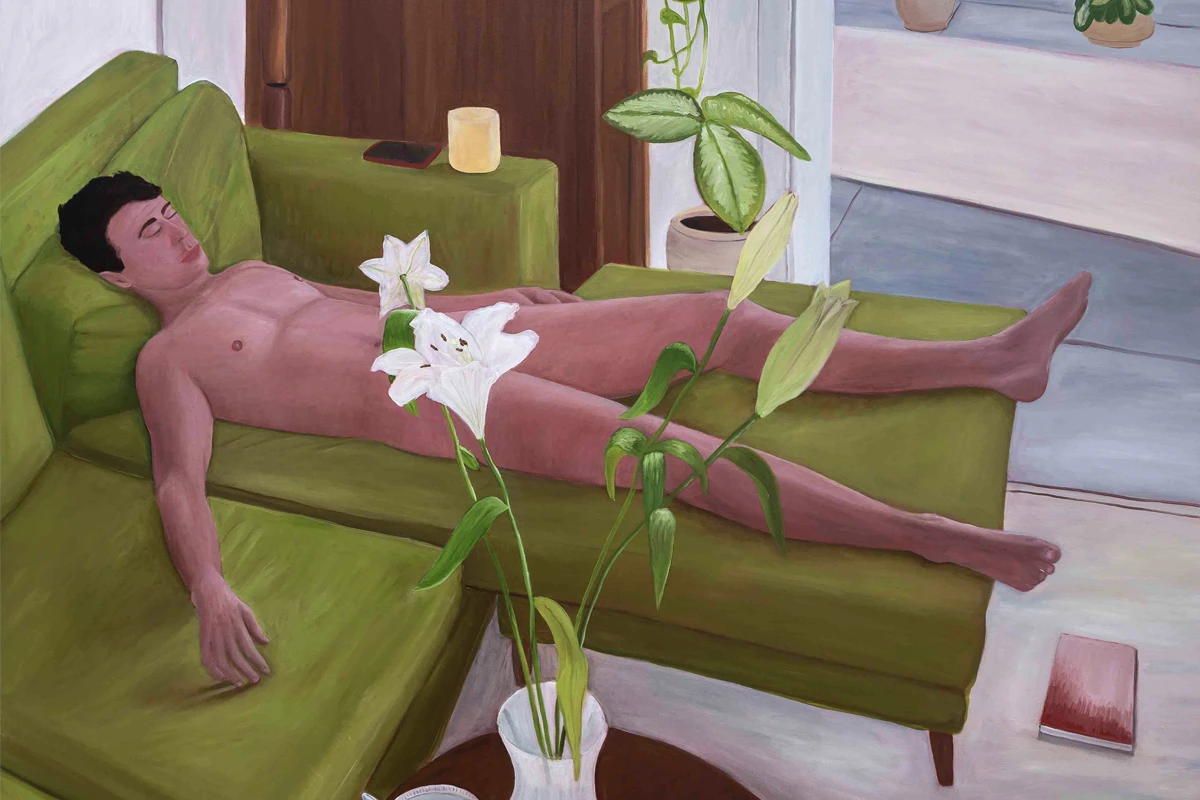Tag: Biennale Venezia
Introduction to Carlo Ratti’s Architecture Biennale: the lone subject is sustainability—a “mind-boggling” number of trees, humanity on its knees, sweat, heat, and a bacterial population boom
Introduzione alla Biennale Architettura di Carlo Ratti: l’unico argomento è quello sostenibile: un “numero da capogiro” di alberi, l’umanità che crolla, sudore, calore e la sovrappopolazione di batteri
Simbolo controverso della modernità, l’olio industriale utilizzato da Arcangelo Sassolino avvia una riflessione sulla sostenibilità. «C’è una contraddittorietà nel modo in cui viviamo», la mostra Present Tense, Galleria Continua San Gimignano
“These trees were planted by Napoleon in the 18th century—an early lesson in large‑scale reforestation that we would do well to emulate today.” Interview with Bas Smets, co‑curator of “Building Biospheres”
«L’architettura deve tornare a occuparsi della sopravvivenza dell’uomo, degli animali e delle piante». Intervista a Bas Smets, co-curatore di Building Biospheres alla Biennale Architettura 2025
“Reforestation has to begin in a concrete, local way—tree by tree, sidewalk by sidewalk. It’s one of the few effective answers to overheated cities.” An interview with Carlo Ratti about the 2025 Venice Architecture Biennale
«La riforestazione deve iniziare in modo concreto e locale, albero per albero, marciapiede per marciapiede. È una delle poche soluzioni efficaci al surriscaldamento delle città». Intervista a Carlo Ratti su Biennale Architettura 2025
Seven talents from the creative scene bring their vision to a Chanel special for Lampoon 31: from meme semiotics to feminist fantasy, each voice champions tactile experience and autonomy over commercial conformity
«Roughness has been present in my work since the beginning; as a self-taught artist, I used to paint naively, working with what I had and expressing myself in raw ways» – Amit Berman
Robert Wilson x Michelangelo: La Pietà Rondanini in Mother, mostra inaugurale del Salone del Mobile 2025: ha preso una penna e ha disegnato una cipolla fatta di luce










